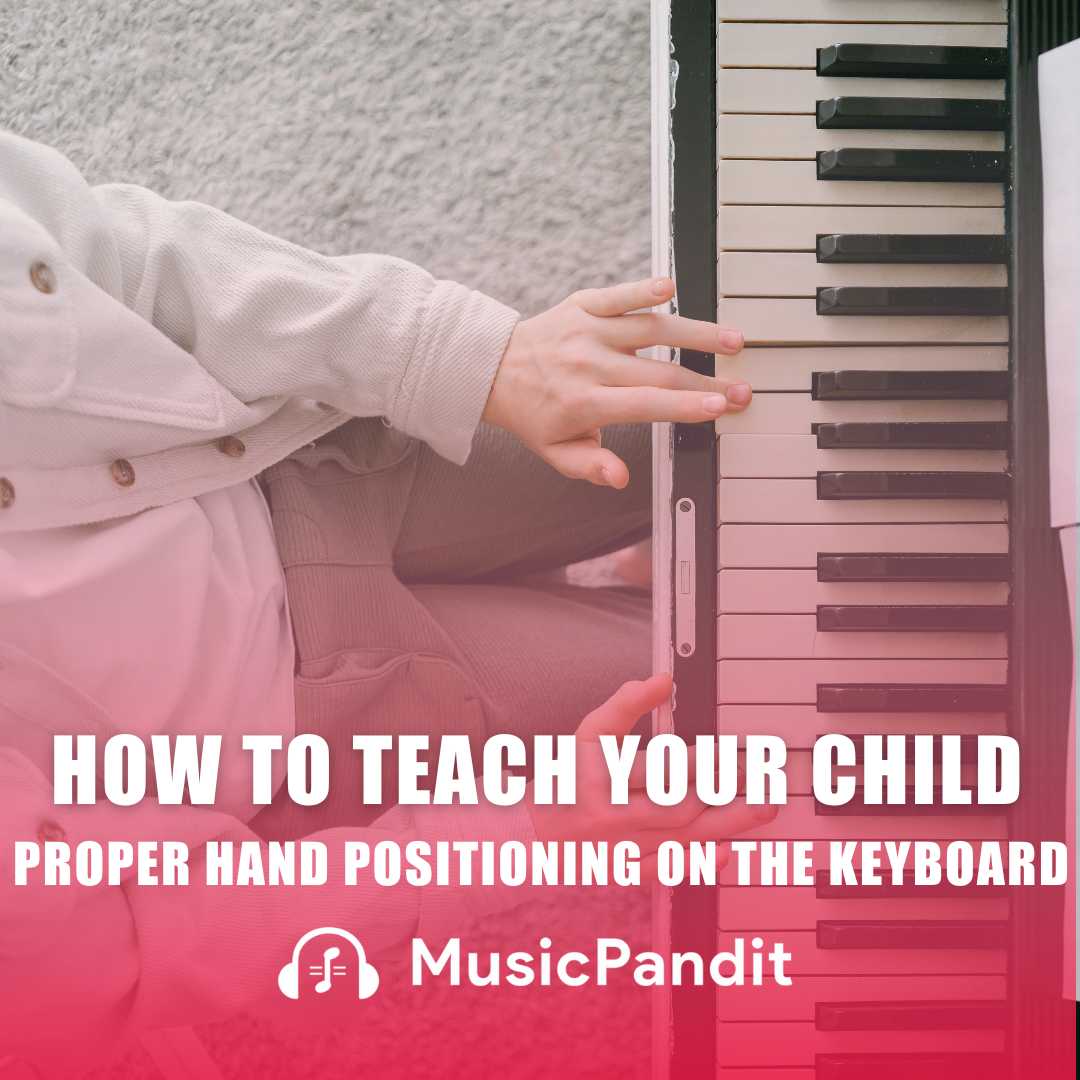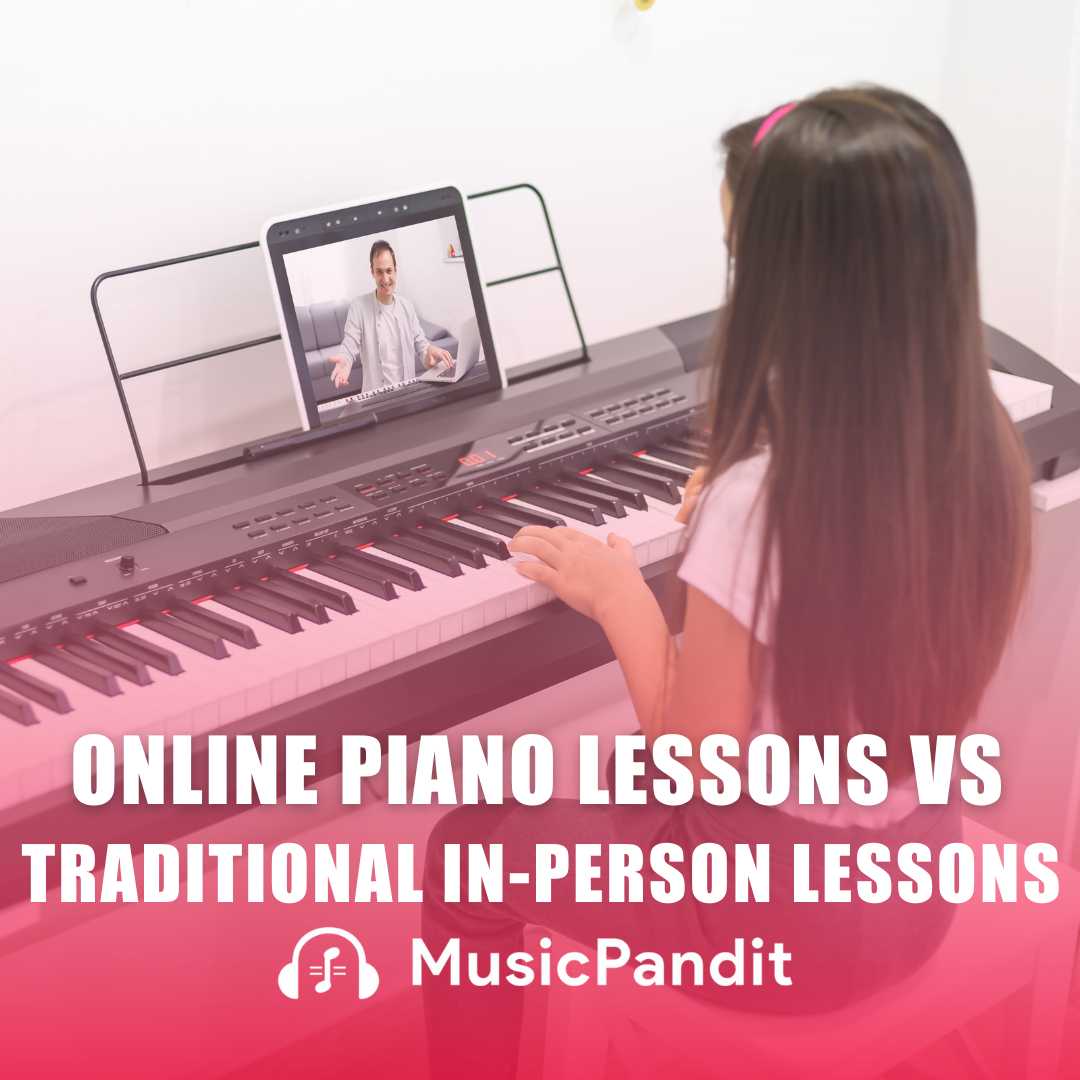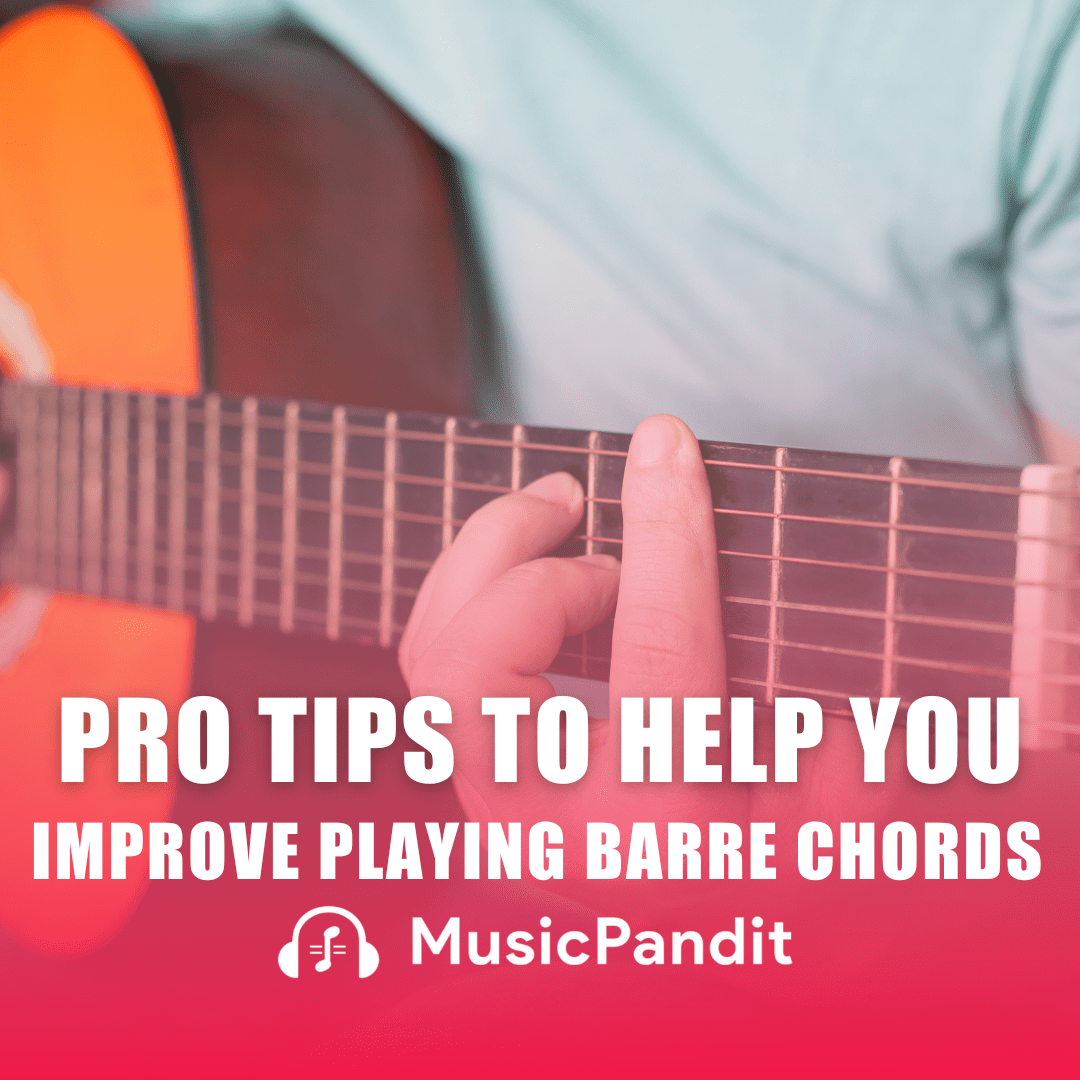Guitar is one popular musical instrument that has been played by many artists, musicians, and bands for a very long time all around the world. Its use can be found in different styles and genres of music. In essence, learning to play the guitar is a wonderful skill that can bring a lifetime of enjoyment and creativity in kids.
However, when it comes to parents who want their children to learn guitar, it can be quite challenging for them to decide on which type of guitar to buy for their child. Besides, choosing the right type is crucial for your child. Why? Several studies in the music field have shown that one’s interest in taking up an instrument depends on their first few months of playing it. This is especially true when it comes to children with short attention spans learning to play the guitar. Therefore, you should choose a guitar that suits them. Once they cross the first three months mark, there are high chances of them being a life-long guitar player.
While choosing the right guitar is paramount, the most important decision you as a parent will need to make is whether to go with an acoustic or electric guitar. In this article, we’ll explore the differences as well as the pros and cons of each type of guitar. The points that we have covered should help you make an informed decision. You should be able to pick the one that is suitable for your child who is just starting their guitar classes. Additionally, we will discuss the benefits of learning guitar online and recommend the best platform for online guitar classes.
Features of Acoustic and Electric Guitars
Acoustic Guitars
Acoustic guitars are the most common type of guitar that is ideal for beginners. They are relatively easy to play and do not require any additional equipment. They are also versatile and can be used to play different genres of music.
Acoustic guitars are great practice instruments because they promote finger strength and dexterity. They generally come with thicker strings and higher action that requires the player to put more effort in pressing down on the frets. As a result, online guitar class students develop stronger hand muscles and improve hand-eye coordination.
On the other hand, acoustic guitars are easily portable and can be carried and played anywhere. This type is the choice for beginners, and for good reason. Acoustic guitars are relatively inexpensive, easier to maintain, and don’t require any additional equipment or musical gears to get started.
Here are some of the pros and cons of acoustic guitars:
Pros
- Affordability: In terms of cost, acoustic guitars are generally less expensive than electric guitars. If budget is your concern then acoustic guitars are a great choice. Parents who don’t want to invest huge money on a beginner instrument can go for acoustic guitar.
- Portable: As stated earlier, acoustic guitars are usually lightweight and easy to carry around. This feature makes them a great choice for kids if they want to take their guitar to a friend’s house or even to venues during performances.
- Simplicity: Acoustic guitars can be played right out of the box. They don’t require additional equipment such as amplifiers, cables or processors/pedals. By avoiding all these, kids can put all their focus on learning the basics first.
Cons
- Slightly Difficult: So, in comparison to electric guitars acoustic guitars can be more difficult to play, especially for children who have smaller hands and their fingers are still developing. The string action on the acoustic guitar is set higher than electric guitars and thus requires more pressure to press down and produce a clear sound. This can be challenging for kids as they start with their guitar classes.
- Fixed Sound: Acoustic guitars have a more or less a fixed sound. People may find the sound to be too “twangy” or “tinny.” There is no way to alter the sound.
- Limited Versatility: Acoustic guitars can be used to mainly play music such as folk, country, and blues music. When children start to explore different genres and they get interested in playing, let’s say heavy metal or punk, an acoustic guitar will not be ideal for these types of music.
Electric Guitars
In contrast to acoustic guitars, electric guitars require additional gear and equipment such as an amplifier, cables, processors to produce sound. They come in a smaller form factor as compared to acoustic guitars. They also are fitted with extra components that aids in producing different sounds wherein the vibration of the strings are converted into an electrical signal. These are done by the pickups present in electric guitars. Nonetheless, this type of guitar is popular among musicians who play rock, funk, metal, and blues music.
Electric guitars can produce a louder and more amplified sound compared to acoustic guitars. They are also easier to play because the strings are closer to the fretboard, making it easier to press down on them. As kids learn and grow the skills, electric guitars can be a great choice especially for kids who want to play rock, metal, or other genres that require a more aggressive sound.
That being said, here are some of the pros and cons of electric guitars:
Pros
- Versatility: Electric guitars when paired with different gears and effects can be used to play a wide range of genres. They can also be used to experiment with different sounds and effects. You can get some unique sounds with this instrument.
- Easier to Play: Electric guitars usually come with thinner (lighter-gauge) strings and a lower action. These factors make them easier to play than acoustic guitars. This can be especially helpful for children with smaller hands and who are still developing their finger muscles.
- Produce and Experiment with Different Sounds: Electric guitars can be used to produce different sounds or tones to be exact. These tones can be further customised with different settings, effects and even amplifiers. This cool aspect of the electric guitar will bring in lots of fun for kids and help them become more creative.
Cons
- Higher Cost: Electric guitars are generally costlier than acoustic guitars. Your bill may increase depending on the additional cost of an amplifier and other equipment.
- Portability: Travelling with electric guitars is never easy because they are heavier and come with additional equipment. This can make them less portable than acoustic guitars.
- Complexity: As stated above, electric guitars require additional equipment which can be overwhelming for beginners. They will need to figure out how or what the equipment does. Learn to use all of them in unison and also customise the setting as per one’s liking. It usually involves a lot of learning, tweaking to bring out the perfect output.
- Dependence on Electricity: Electric Guitars are dependent on electricity. With power there there is not much you can do in terms of generating the desired sound. The amplifier as well as the effects pedal requires power to run.
Which is Right for Your Child?
While we have listed down the features of both the guitars, let us get into answering your much awaited question – which guitar is right for my child? Well, the decision of whether to choose an acoustic or electric guitar for your child will depend on a variety of factors, including your child’s musical interests, skill level, and budget.
So, here are some useful pro tips that can help you make the right choice:
- Consider your child’s skill level: When it comes to choosing between an acoustic and electric guitar for a child, it is essential to consider their age and skill level. If your child has just joined an online guitar class and is a beginner, an acoustic guitar may be the best choice. They are easier to play. If your child is an intermediate level guitar player then an electric guitar will be a better choice. It will offer more versatility and customization options.
- Consider your budget: Acoustic guitars are less expensive and more affordable than electric guitars. So if your child is a beginner, acoustic guitars are a great choice.. However, if your child is serious about playing the guitar and wants to explore different genres and sounds, an electric guitar may be worth the investment.
- Consider your child’s musical interests: Find out what your child is interested in playing and then you can decide which guitar to pick up. An acoustic guitar may be the best choice for folk or country music whereas electric guitars are a good pick for genres that require a more aggressive sound.
Just to recall, for younger children who have just started to learn guitar online, acoustic guitars are recommended. They are just more straightforward to play and do not require any additional equipment. Furthermore, they are portable and can be played anywhere without the need for electricity. This is ideal for children who want to practise outside or with friends.
Electric guitars are more suitable for children who are interested in playing different genres of music. These guitars are easier to play, produce a more amplified sound, and are ideal for playing in a band or performing in front of an audience.
Essential Accessories and Equipment for Young Guitarists
Here are a few essential accessories and equipment that a young guitarist needs to get started and make the most of their playing experience. Here are some of the most important accessories to consider:
Guitar Picks: Also known as plectrum, these are small, triangular pieces of plastic that are used to strum or pick the strings on the guitar. They are available in a variety of thicknesses (usually measured in mm) and sizes. What we would suggest is to experiment with different types to find the ones that work best and make it easier to play the guitar.
Guitar Strap: While learning may happen in a sitting position, having a guitar strap is essential especially for stage performances. The strap attaches to the guitar and goes around their neck and shoulders to help the guitarist carry the instrument and play it. Straps are important if you’re playing a heavier electric guitar, as it can be difficult to hold up for long periods of time.
Tuner: A guitar tuner is important for beginner guitar players. It helps to tune the guitar in the correct pitch. It is an electronic device and can come in different forms including clip-on tuners, pedal tuners, inbuilt the guitar. There are also smartphone tuner apps.
Guitar Stand: A guitar stand helps to hold your guitar upright when you’re not playing it. This is a great way to keep your guitar safe. When it is on the stand you can easily access it, especially during your practice time at home.
Strings: Guitar strings tend to get cut or break sometimes while playing as they can become worn down (dead) overtime. You should keep a spare set to replace the broken strings.
Amplifier: If you buy an electric guitar, then you’ll need an amplifier to amplify the sound of your guitar. There are many different types and sizes of amplifiers available. You can choose one that suits your needs and budget.
Guitar Case: If you travel with your guitar or take it to guitar lessons or gigs, then you must invest in a good and sturdy guitar case. A protective case will help you transport the guitar safely.
Cleaning Supplies: If you want a good sound and easy playability your guitar needs to be clean and well-maintained. Always keep some cleaning supplies such as a soft cloth to wipe down the body and strings after each use. You can also get some specialised cleaning products (lemon oil) to remove dirt and grime from the fretboard and other parts of the guitar.
How to Get Started with Guitar Lessons for Your Child
Enrolling your child for guitar classes can be an exciting and rewarding experience for them. If you are confused about how to get started with their lessons then here are some steps you can take to make that decision.
Finding the Right Teacher and Guitar Class
The first step in getting started with guitar lessons is to find a good and experienced teacher. A teacher who has experience working with children can provide a structured and engaging learning experience. For this you can always ask for recommendations from friends or family members, or search online for guitar classes.
Today, there are several online music platforms that offer excellent and structured guitar lessons for students of all ages and skill levels. We already know how online learning has become increasingly popular, and learning guitar online is no exception.
Choose the Right Guitar
While we have already talked about this in the above paragraphs, you should choose the one that is appropriate for your child’s age and size. A good teacher will also provide guidance on how to choose one and care for it.
Set Realistic Goals
As a parent it is important to set realistic goals for your child’s guitar lessons. You can approach the teacher and discuss what they hope to achieve through the lessons. You can work together to set achievable goals. Doing this will greatly help your child stay motivated and focused as they learn to play the instrument.
Encourage Your Child
Attend your child’s guitar lessons and performances. It is a great way to demonstrate your support for your child’s learning and give them the confidence and motivation they need to succeed. This way you remain involved in your child’s progress. You can celebrate the achievements together as well.
Overall, with these steps in place, your child will enjoy a fun experience learning to play the guitar.
Conclusion
To sum it up, choosing the right type of guitar for your child can be a difficult decision, but we hope that the points that we have discussed here will help you make the right decision for your child. The most important thing that you have to remember is to choose a guitar that your child will enjoy playing and that will inspire them to continue learning and growing as a musician.
Meanwhile, with the right guitar and online learning platform such as Music Pandit, your child can truly learn to play the guitar skillfully and discover their musical passion.














